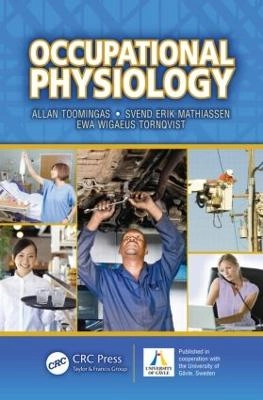In a clear and accessible presentation, Occupational Physiology focuses on important issues in the modern working world. Exploring major public health problems–such as musculoskeletal disorders and stress–this book explains connections between work, well-being, and health based on up-to-date research in the field. It provides useful methods for risk assessment and guidelines on arranging a good working life from the perspective of the working individual, the company, and society as a whole.
The book focuses on common, stressful situations in different professions. Reviewing bodily demands and reactions in eight selected common, but contrasting job types, the book explains relevant physiology in a novel way. Rather than being structured according to organs in the body, the book accepts the complex physiology of typical jobs and uses this as an entry. In addition to physiological facts, the book discusses risk factors for disorders and gives ideas on how to organize and design work and tasks so as to optimize health, work ability, and productivity.
Although many books cover physiology, they are based on a traditional anatomical structure (e.g., addressing the physiology of the cardiovascular system, the gastrointestinal system, and so forth) and require readers to synthesize this knowledge into real-life complex applications. Occupational Physiology is, instead, structured around a number of typical jobs and explains their physiologies, as complex as they may be. This approach, while still presenting the physiology needed to understand occupational life, demonstrates how to use this information in situations encountered in practice.
Åtkomstkoder och digitalt tilläggsmaterial garanteras inte med begagnade böcker





















